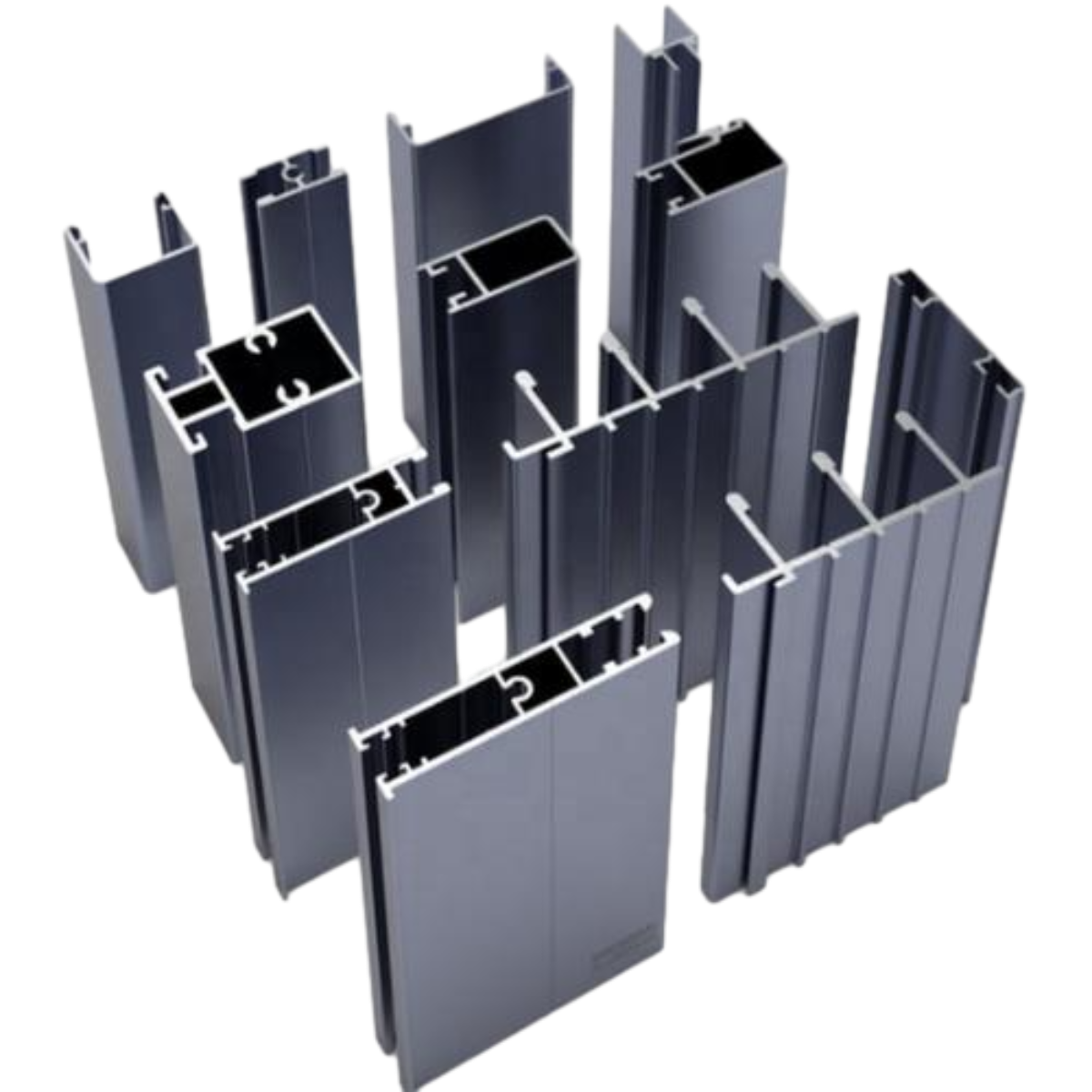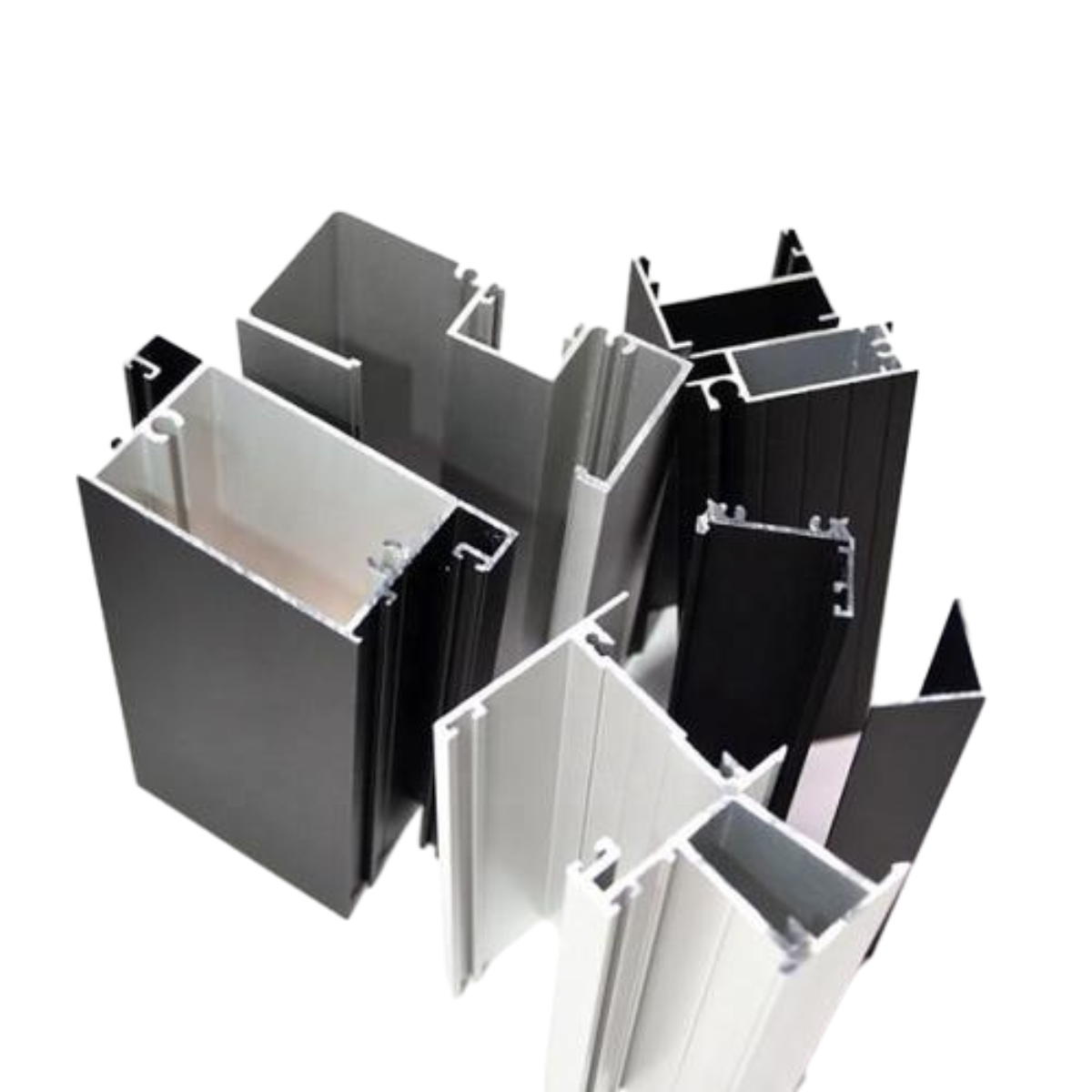How to Dispose of a Wrought Iron Fence
How to Dispose of a Wrought Iron Fence
To remove a wrought iron fence, assess its reusability or recycling options. Dismantle it carefully and prepare the metal for scrap yards. Consider donations or selling parts to artists for repurposing. For bulky items, professional removal services offer a responsible disposal method.
Learn more about your options and ways to go about how to dispose of a wrought iron fence in our guide below.
Assessing the Condition of the Fence
Wrought iron is known for its durability and potential for reuse or recycling. This makes it a valuable material even at the end of its life. Before disposing of the material, assessing its condition is crucial to determining the most appropriate disposal method:
- Examine for Reusability: Check if the fence or parts of it can still be used. Wrought iron often maintains its structural integrity over time. If the fence is still in good condition, consider donating it to organizations that could repurpose it or selling it to someone who can use it.
- Prepare for Recycling: If the fence is beyond practical reuse but made of recyclable material, preparing it for recycling involves removing any non-metal components attached to it. These can be plastic caps, wooden slats, or concrete footings.
- Contact Professional Services: For dismantling and transporting heavy wrought iron fences, it might be beneficial to use professional junk removal services. They can manage the removal efficiently, ensuring all parts of the fence are handled correctly and sent to appropriate disposal or recycling centers.
- Utilize Scrap Metal Services: Many scrap metal dealers and recycling centers will accept wrought iron because it can be melted down and reused in various applications. It’s important to call ahead and confirm that they accept wrought iron, as this will save time and ensure that the material is disposed of responsibly.
Dismantling the Fence Safely
Dismantling a wrought iron fence requires careful planning and execution to ensure safety and efficiency. Here’s a step-by-step guide on how to safely dismantle your wrought iron fence:
- Assess the Structure
Start by examining the entire fence to understand its construction and how each segment is connected. This includes identifying all fastening points, such as bolts, screws, and any welded joints.
- Gather Necessary Tools
You will need a set of tools that typically includes a screwdriver, wrenches, pliers, and possibly a grinder for cutting through welded joints. Ensure you have protective gear, such as gloves and safety goggles, to prevent injuries from metal splinters or sharp edges.
- Remove Attachments
Begin by removing any gates or detachable panels. If the fence sections are bolted together, use a wrench or socket set to loosen and remove the bolts. For welded joints, a grinder may be required to cut through the metal. Work systematically from one section to another to keep the process organized.
- Handle with Care
Wrought iron is heavy, so it’s important to handle each piece with care to avoid personal injury and damage to the surrounding area. It may be helpful to have assistance to manage the unwieldy parts as they are disassembled.
- Prepare for Disposal or Recycling
Once dismantled, sort the iron pieces from non-metal components like concrete footings or plastic caps. Metal parts can often be recycled, so consider contacting local scrap yards or recycling centers to inquire about drop-off or pick-up services.
Methods of Disposal
Here are some of your options to ensure that your wrought iron fence is disposed of responsibly:
Recycling Wrought Iron
Recycling is a preferred method for disposing of wrought iron due to its sustainability and economic benefits. First, confirm that the fence is indeed made of wrought iron, which is highly recyclable. Modern items labeled as “wrought iron” are often made of mild steel and should be processed accordingly.
Remove any non-metal parts, such as wooden panels or plastic decorations, that may be attached to the iron. This ensures that the metal is clean, which is crucial for recycling.
Contact local scrap yards or recycling centers to find out if they accept wrought iron. Because wrought iron can be heavy and bulky, inquire whether the facility offers pick-up services, which can be particularly useful for large quantities of metal.
Cast Iron Railing Panel
Wrought iron’s density and weight make it a valuable recycling material. Prices for scrap metal fluctuate, so check current rates and consider selling the iron when prices are favorable to maximize your return.
Recycling wrought iron helps conserve natural resources and reduces the environmental impact associated with mining and processing new materials. By choosing to recycle, you contribute to environmental sustainability and help reduce landfill waste.
Selling or Donating Usable Parts
Selling or donating usable parts of a wrought iron fence is a sustainable way to dispose of materials that are no longer needed. First, assess which parts of the fence are in good condition and could be reused. Components like gates, panels, and decorative pieces often retain functional and aesthetic value.
If parts of your fence are antique, they could be highly valuable. Platforms like online marketplaces or local antique dealers are excellent places to sell these items. Ensure you understand their value by researching similar items sold in the market.
Organizations like Habitat for Humanity ReStores accept donations of building materials, including wrought iron fencing. These donations are then sold, with the proceeds going towards building homes for those in need. It’s a win-win: you dispose of your fence responsibly, and the proceeds support a charitable cause.
Furthermore, you can consider contacting architectural salvage stores that specialize in recycling old building materials. These stores often look for unique or antique wrought iron pieces to offer to their customers.
Hiring a Professional Removal Service
This option is especially useful if the fence is large or the removal process is too complex to handle independently.we ensure that the materials are disposed of or recycled in an environmentally responsible manner.
Alternative Uses for Old Wrought Iron Fences
Here are some more ideas on what you can do with your old wrought iron fences:
Repurposing Within the Home or Garden
Repurposing or upcycling wrought iron fences within the home or garden offers creative and eco-friendly options for those who wish to upcycle this durable material. Wrought iron can be transformed into trellises for climbing plants in the garden, providing a sturdy structure that adds a decorative element to your outdoor space.
Additionally, old wrought iron gates and sections can be creatively integrated into landscape design. They can be used to craft unique garden boundaries, or even to frame garden beds.
The material is ideal for outdoor use. It stands up well to various weather conditions and adds a touch of elegance with its classic designs.
Creating Art or Decorative Items
Wrought iron is also a fantastic material for artistic projects. Its flexibility allows for it to be fashioned into various decorative items such as wall art, candle holders, or even custom furniture pieces.
For those with a creative knack, wrought iron can be shaped into intricate designs that reflect personal style and enhance the home’s decor.
In addition to its use in the garden or as art, wrought iron can be employed in more functional roles, such as building items like shelving units or brackets. These can add both utility and a rustic or industrial aesthetic to your home environment.
Selling to Artists or Crafters
Selling old wrought iron fences to artists or crafters can be a fulfilling way to give new life to what might otherwise be discarded. Artists and crafters often look for unique materials that can be transformed into art pieces or functional items.
Wrought iron, with its durability and ornamental qualities, is highly prized for such transformations. Before selling, assess the design and condition of your wrought iron to better understand its appeal to a creative audience.
Connect with local art schools, community centers, and crafting groups. Online platforms like Etsy or arts and crafts forums can also be valuable places to reach potential buyers. Posting on specialized online platforms where artists and crafters frequent can increase visibility to the right audience.
When advertising wrought iron pieces, highlight their potential for repurposing. For example, they can be turned into sculptures, furniture, or decorative garden elements. Providing examples or inspirational ideas can help potential buyers visualize the possibilities.
Most importantly, set the right price. Pricing should reflect the artistic potential of the wrought iron. Research what similar items are going for in your area and online. Remember, unique or antique pieces can often fetch a higher price. Be open to negotiation, as many artists and crafters work within tight budgets.
-
Why Choose Cast Iron for Your Next Project?NewsApr.27,2025
-
Timeless Charm of Cast Iron Decorative ElementsNewsApr.27,2025
-
Wholesale Cast Iron Products: A Growing Trend in Home and Garden DécorNewsApr.27,2025
-
The Advantages of Using Ornamental Cast Iron Parts in Your Design ProjectsNewsApr.27,2025
-
Why Ornamental Iron Castings Are Essential for Timeless DesignNewsApr.27,2025
-
The Elegance and Durability of Ornamental Cast Iron PanelsNewsApr.27,2025



















